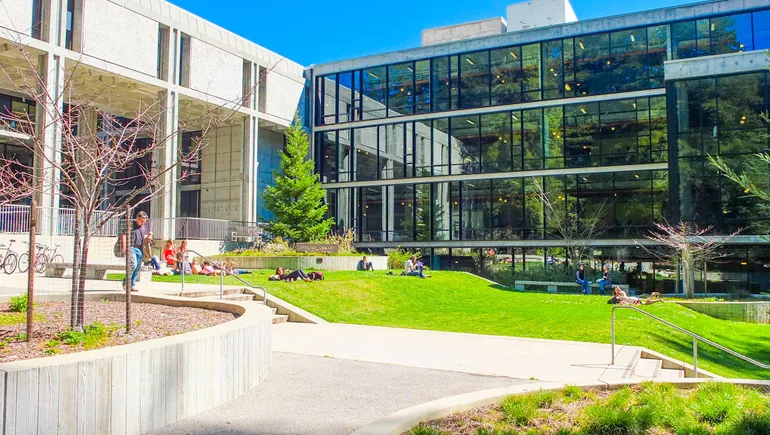Dive Brief:
- The University of California and California State University systems announced Wednesday they will both extend their enrollment commitment deadline in light of delays related to the Federal Application for Free Student Aid.
- Both public college systems, which typically ask students to commit by May 1, will extend that date to May 15. Their decisions may influence other institutions to extend their deadlines, as they collectively enroll more than 600,000 undergraduates.
- They join other large public institutions that have been delaying key deadlines for prospective students in light of the FAFSA situation. Arizona State University, Northern Arizona University and University of Arizona announced recently that they will push back their deadline for students to be prioritized for financial aid to May 1, 12News reported.
Dive Insight:
The U.S. Department of Education announced last week that it wouldn’t send FAFSA data to colleges until March. That will likely delay how soon some institutions can send out financial aid packages, compressing the timeline for students to compare offers and make enrollment decisions.
“By extending the decision window, we aim to ensure California students, particularly those from low-income and first-generation backgrounds, have the time and space to fully assess their options and, ultimately, unlock college opportunities they might not have thought possible,” Han Mi Yoon-Wu, associate vice provost for undergraduate admissions at University of California, said in a statement.
The California and Arizona institutions are not the first to extend their deadlines, but they do show momentum is growing behind pushing back dates this financial aid cycle.
Other colleges that have pushed back their enrollment commitment deadlines. They include:
- Oregon State University
- Assumption University, in Massachusetts.
- Georgian Court University, in New Jersey.
- Kalamazoo College, in Michigan.
- Lewis & Clark College, in Oregon.
- Misericordia University, in Pennsylvania.
- Monmouth College, in Illinois.
- Pacific University, in Oregon.
- University of Indianapolis
- Wittenberg University, in Ohio.
- Wright State University, in Ohio.
Those that have pushed back financial aid deadlines include Marquette University, in Wisconsin, and Wright State, as well as the state financial aid programs in Idaho, Maryland, Mississippi and Tennessee.
The moves come after 10 financial aid and higher education organizations, including the National Association of Student Financial Aid Administrators, called on institutions to extend their enrollment and financial aid deadlines past May 1.
Congress charged the Education Department in late 2020 with significantly updating the FAFSA, in a move aimed at streamlining the form and expanding federal Pell Grants.
However, the department has struggled with the rollout. Although the agency typically opens the form in October, it didn’t release the revamped FAFSA until late December. Since then, it has seen glitches and technical issues that have prevented some students and their families from submitting the form.
Last year, higher education experts predicted the department’s funding would hinder its ability to carry out its responsibilities and initiatives, including the new FAFSA rollout. It has also been ushering students into repayment after a more than three-year freeze, implementing a new income-driven repayment plan and bringing defaulted borrowers back into good standing.
In addition to college hopefuls having little time to compare financial aid packages, the problems with the rollout have led some experts to predict that fewer students overall will fill out the FAFSA.
According to data released this week from the National College Attainment Network, the number of high school seniors submitting the application through Jan. 26 dropped 57% compared to the same time last year.
